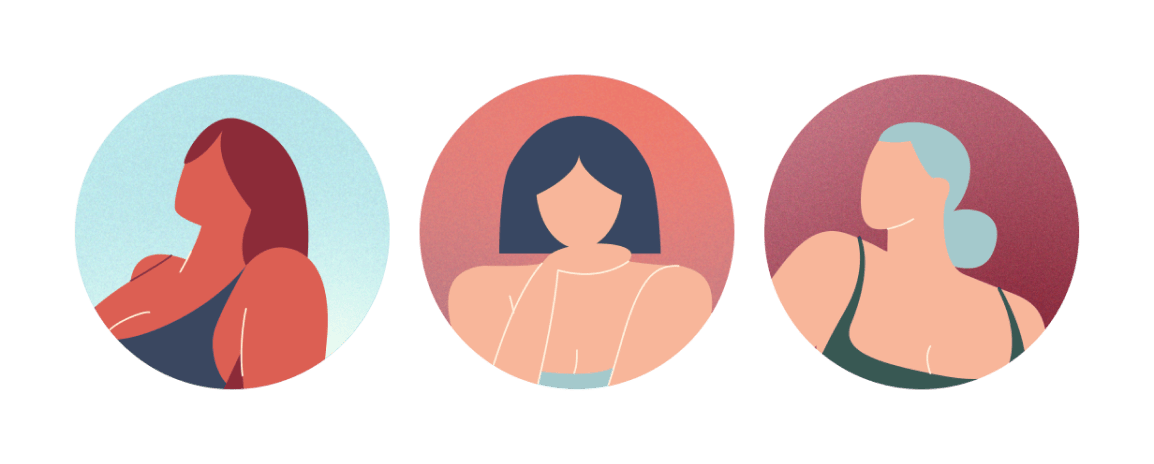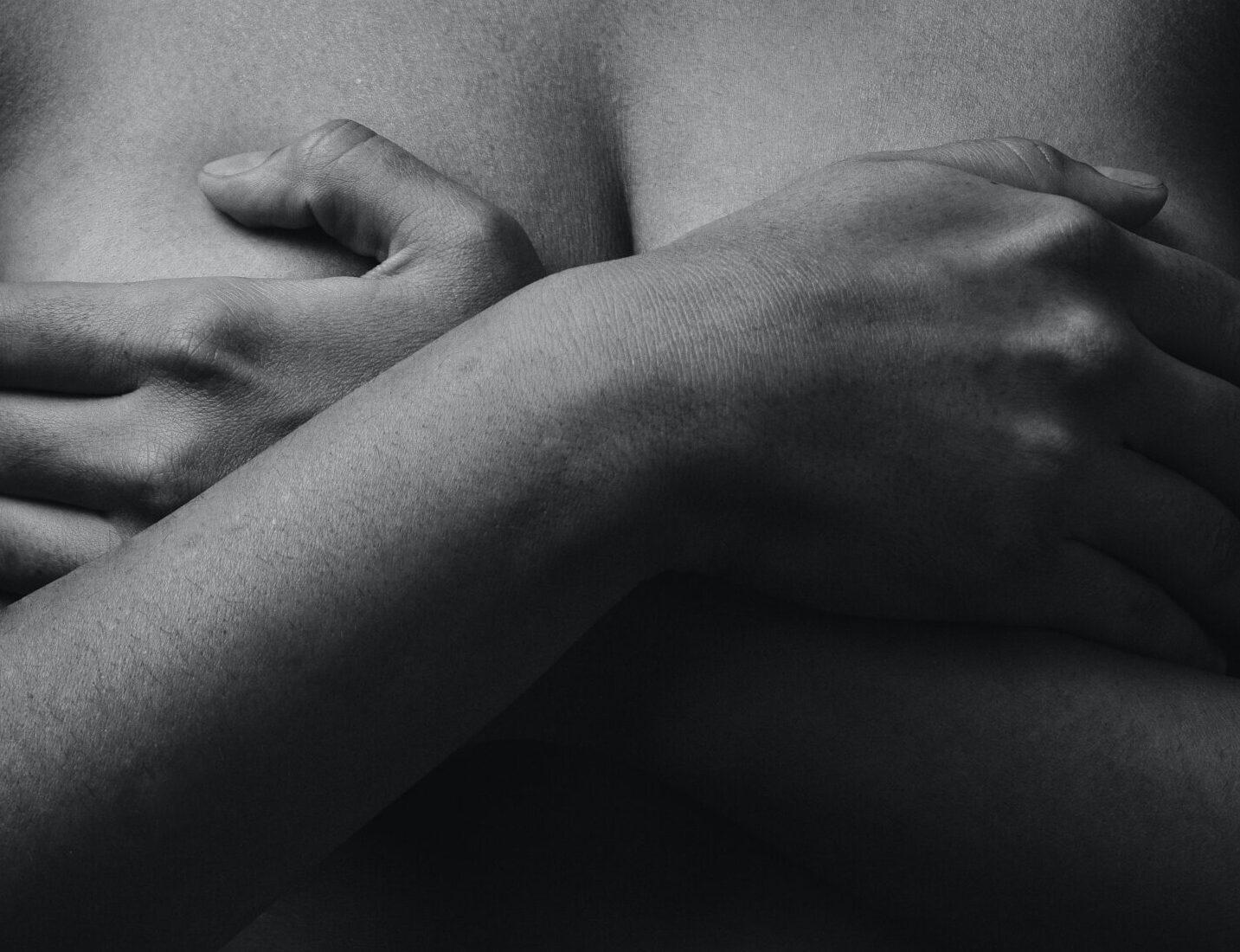
Body
Get to know your body through a better understanding of your anatomy and find the answers to some of your most common questions.
Back
All topics
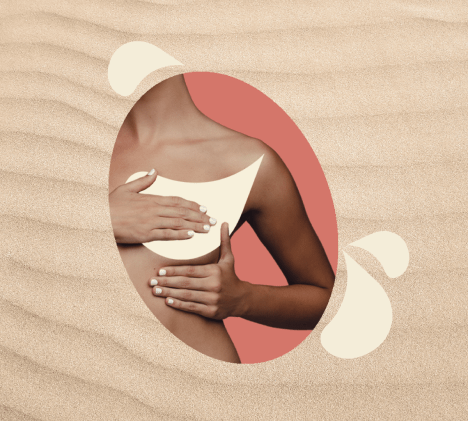
4 resources

19 resources

6 resources
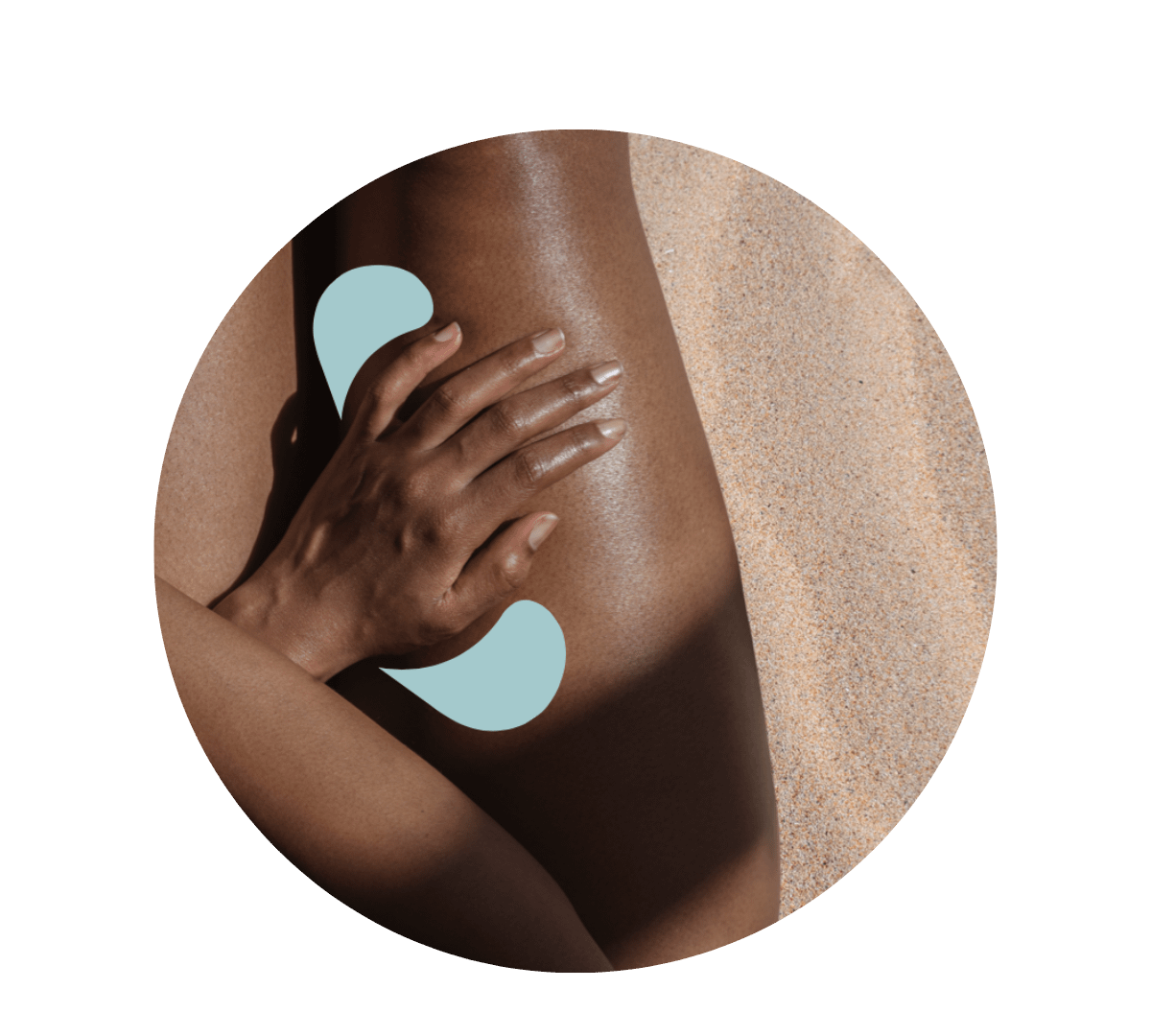
4 resources

6 resources
Back
All topics

9 resources

12 resources
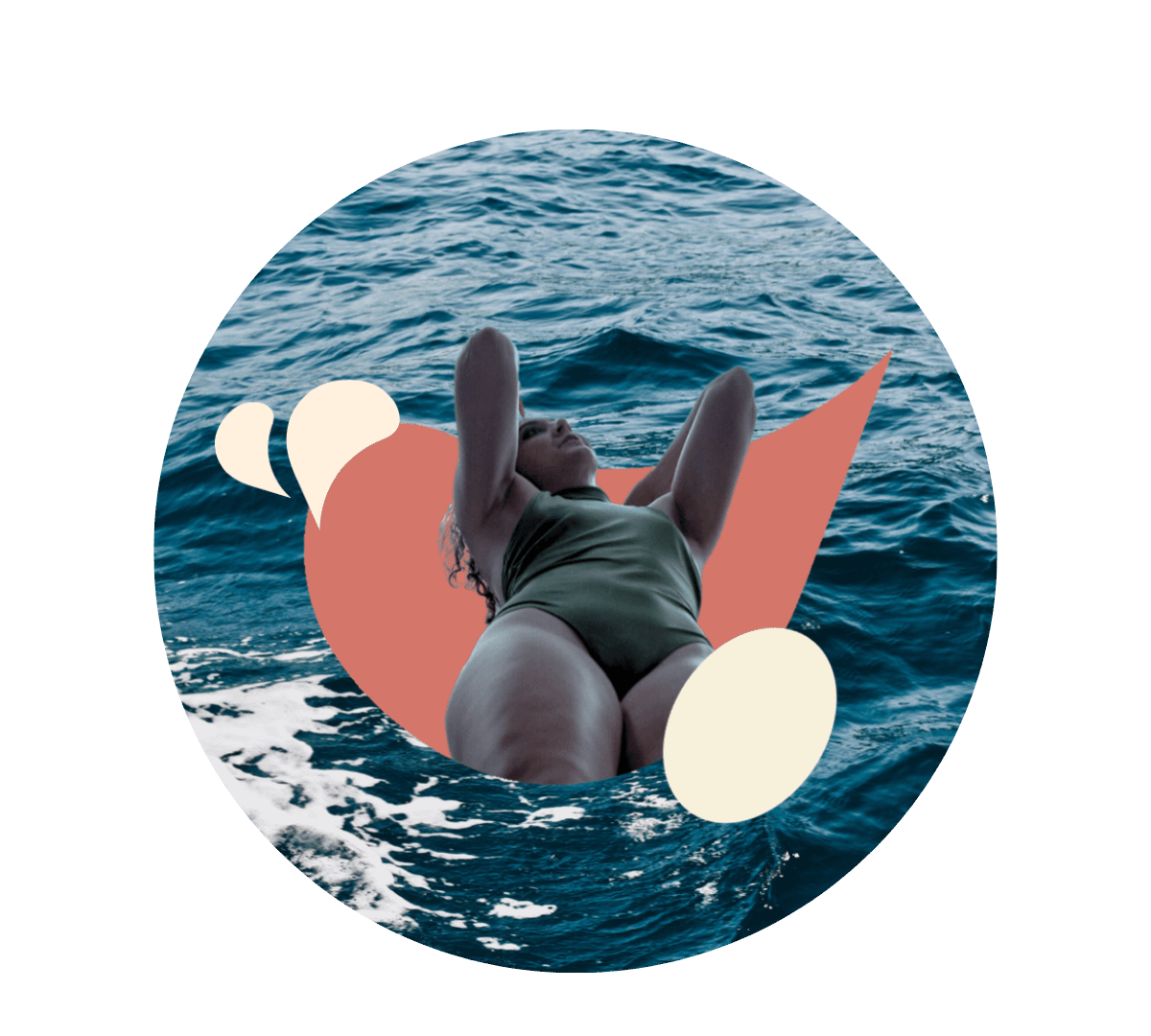
4 resources

11 resources

2 resources
Back
Back
All topics

17 resources

11 resources
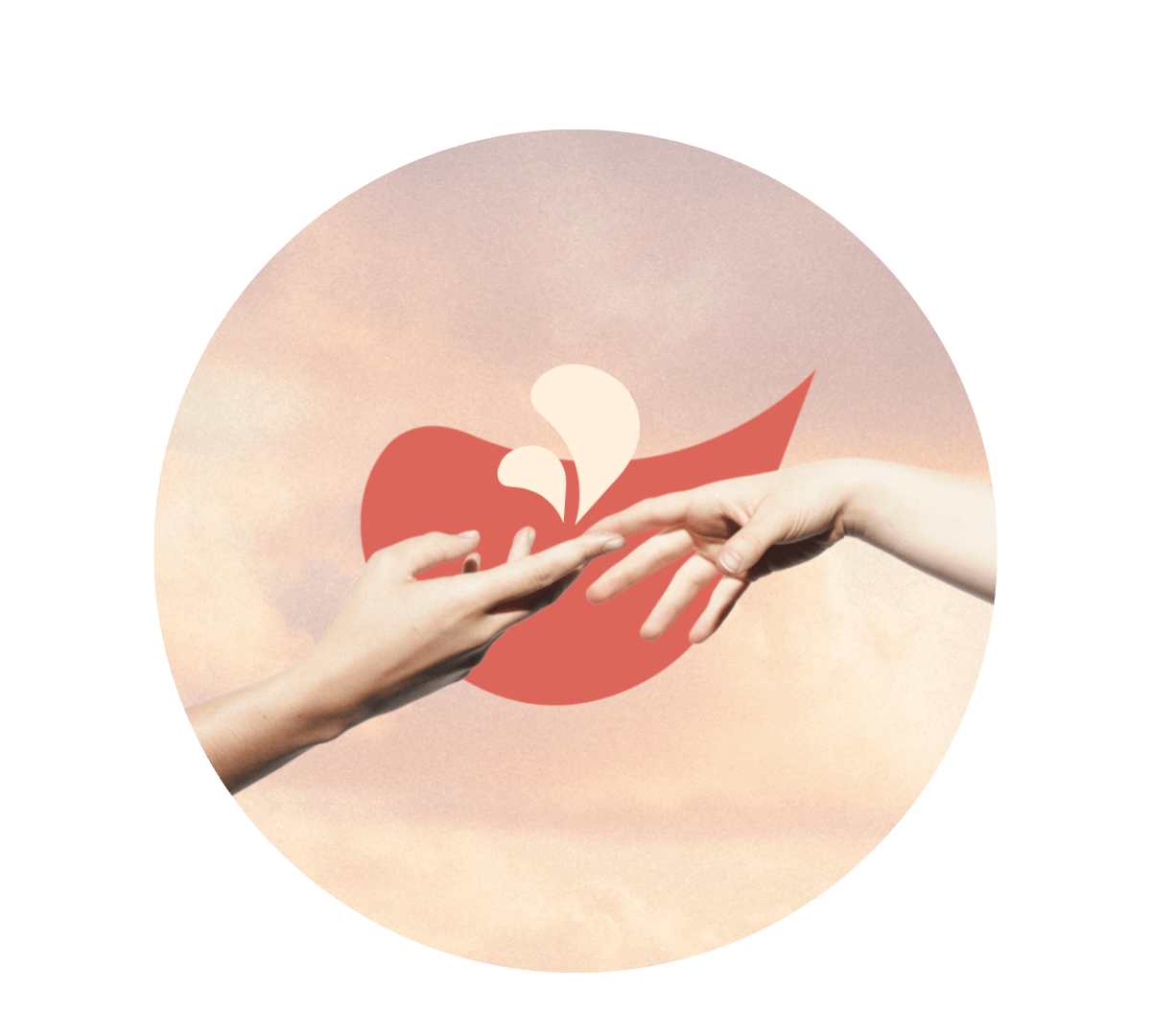
13 resources
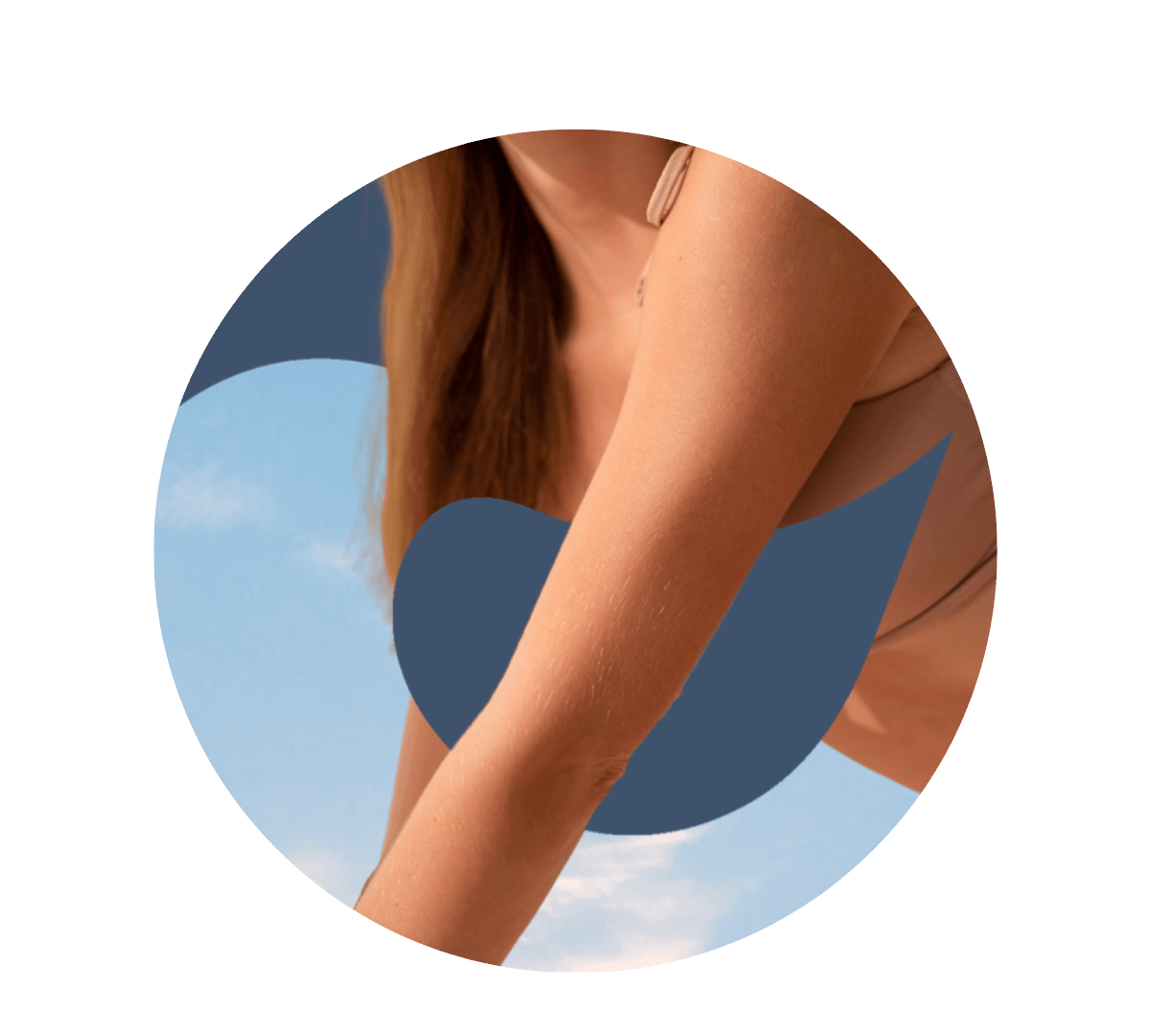
2 resources

Mauj Products
We’ve designed our products to help you explore your body, solo or otherwise. Whether you’re a curious novice or a seasoned explorer, this is for you.
Back
All topics

4 resources

19 resources

6 resources

4 resources

6 resources
Back
All topics

9 resources

12 resources

4 resources

11 resources

2 resources
Back
Back
All topics

17 resources

11 resources

13 resources

2 resources

Mauj Products
We’ve designed our products to help you explore your body, solo or otherwise. Whether you’re a curious novice or a seasoned explorer, this is for you.

From the moment we enter this world, breasts become an integral part of our lives, feeding and nurturing us. Later on in life, they come to play a significant role in our self-image and confidence. Who amongst us hasn’t stood in front of a mirror, pulling or pushing or tugging at her chest, curious to see if bigger or smaller breasts would make her look better?
Indeed, we’ve been programmed from a very young age to perceive a certain breast shape and size as being better, prettier, or more desirable than others. Let’s start by setting the record straight: No two pairs of breasts are the same, but every one of them is incredible and worthy of celebration.
Photographer Laura Dodwsorth has photographed over 100 pairs of boobs over the years, and her project titled Bare Reality is a testament to the diversity and beauty of female bodies.

Photo Credit: The Bare Reality series, Laura Dodwsorth
Here are six (pretty fun) facts about breasts that may help you embrace the natural and beautiful variation of your own.
1. Your left breast is more likely to be bigger than the right one.
A study on 598 women showed that 62% of them had asymmetrical breasts with differences in the shape, size, or position of one breast compared to the other. The left breast was more commonly bigger than the right one.
2. 1 to 5% of the population are born with extra nipples.
They’re also known as supernumerary nipples or accessory nipples and are usually harmless.
3. Breasts transform as we journey through life.
Puberty brings the onset of breast development, and changes continue to occur during pregnancy and breastfeeding. With age, breasts may undergo changes in elasticity.
4. Breasts can change size throughout the day.
Factors like hormonal changes, fluid retention, and even body temperature can cause temporary changes in breast size. So, your breasts may feel slightly different in the morning compared to the evening.
5. Breast size does not determine milk production.
Breast milk production depends on glandular tissue, not fatty tissue, so individuals with smaller breasts can produce just as much milk as those with larger breasts.
6. Breast shape classifications include round, east-west, side set, teardrop, narrow, asymmetrical, and bell shape.
Which one is yours? 🙂
Lastly, we wanted to share with you one of our favorite projects for which 57 women drew their own boobs and reflected on their complicated relationships with beauty standards and the efforts required to meet them. Read more information about that here.
Did you find the answer you were looking for? Is there something we missed? What did you think of this resource? We want to hear from you.
